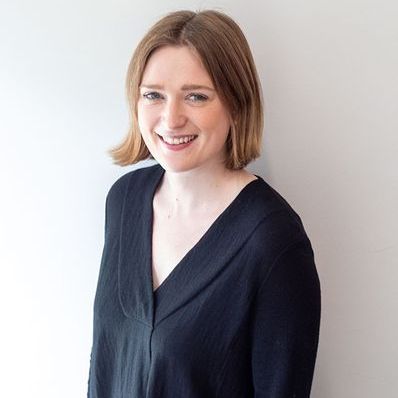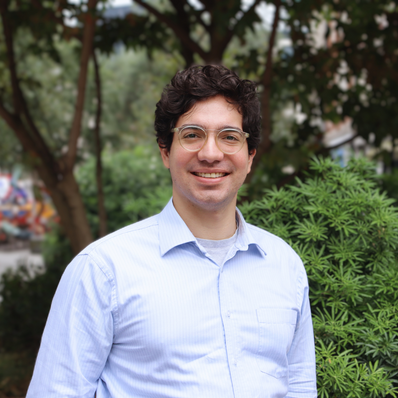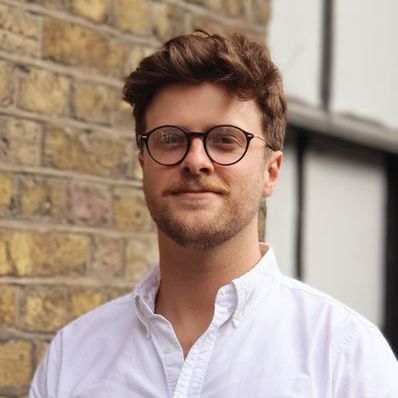UK SPF Event Round-up: Workshop on the study on vertical requirements in 3.8-4.2 GHz
On Tuesday, the UK SPF hosted the workshop on the study on vertical requirements in 3.8-4.2 GHz. Analysis Mason gave a presentation in which they summarised the band usage in the UK before outlining 11 recommendations for the UK spectrum allocation and inviting questions from the audience.
Analysys Mason insights
The presentation began with some background to the study and methodology before providing a high-level summary of band usage in the UK. It highlighted that the number of use cases are expected to grow for AR/VR and IoT applications, live video content/television, and tailored private wireless access networks for broadband connectivity (hospitals and manufacturing).
After the presentation, Analysys Mason answered questions from the audience, of which the main topics are listed below.
-
Technical conditions of SAL Framework for medium power license authorisations.
-
Cost/benefits of allowing power levels higher than current medium-power limit, for selected use cases and in rural locations could be considered.
-
Improve coordination process for different forms of antenna deployment, regarding bandwidth use.
-
Reduce timescales of applications and gain more visibility of the co-ordination process.
-
Online application process online should be the main priority.
Other presentations
EUWENA
Koen Mioulet from EUWENA’s pointed out that the fragmentation of spectrum usage creates inconsistent ecosystems between different nations on different parts of the spectrum. Koen M. focused on the use of private wireless by main ports (seaports and airports). He provided a breakdown of models for rolls authorities can play in spectrum allocation, with an emphasis on affordable, accessible, harmonised spectrum.
EUWENA will publish an update of their spectrum for private networks across Europe repository next week on their website. Please click here to access the update.
Cartesian
Andy Welch from Cartesian gave observations on the West Midland 5G testbed (WM5G) and the Birmingham Knowledge Quarter. The WM5G was the largest of Testbed and Trials projects, which helped accelerate deployment of publish mobile services across region and worked on the 5G Spring accelerator and around 30 use case trials across transport, health, manufacturing. The Birmingham Knowledge Quarter provided 5G for students, security, and public use.
Andy noted that availability of spectrum is necessary, but insufficient alone. Vertical applications require a full ecosystem, which is a significant limiting factor. Additionally, there is very little commercial licensing of spectrum outside FWA.
He concluded by highlighting that the slightly off-mainstream spectrum range makes the ecosystem availability more challenging, although the bandwidth itself is helping capacity and coverage. The MNO spectrum may be a more suitable option for wide-coverage outside urban areas, while medium-power would be useful in urban areas. The current licensing process is satisfactory but would not be sufficient for high volumes of applications or to facilitate deployment.
Nokia
Theodoros Spathopoulos from Nokia gave a presentation looking into the CEPT regulatory discussions for the 3.8-4.2 band. He outlined the European Commission’s 2021 mandate to evaluate the feasibility and the shared use of 3.8-4.2 GHz band by terrestrial wireless and its two tasks:
-
Task 1: feasibility and sharing studies on the shared use of band
-
Task 2: harmonised technical for the shared use of the band
Theo highlighted that the adopting parameters for studies of WBB LMPs are primarily based on the UK SAL framework, updated incrementally. Some of the challenges identified address the fitness of EIRP as a metric for AAS.
Some studies indicate potential need for guard band to ensure protection of 5G public services below 3.8 GHz. The UK framework is good starting point for CEPT discussions but there is room for improvement. It may be useful to review any interference concerns or incumbent occupiers of a spectrum band in UK.
LS telcom
Saul Friedner from LS telcom closed the workshop with some brief remarks in his capacity as Chair of UK SPF Cluster 1, welcoming the AM report as an opportunity to clarify the demand and opportunities of the 3.8-4.2 range, as well as potential future developments, including using a medium-power band to provide connectivity in hard-to-reach areas or extending drone networks.
Please find below the presentations:
If you’d like to join future UK SPF events, please check out our events page and book your place. If you have any questions or comments please talk to our team.




